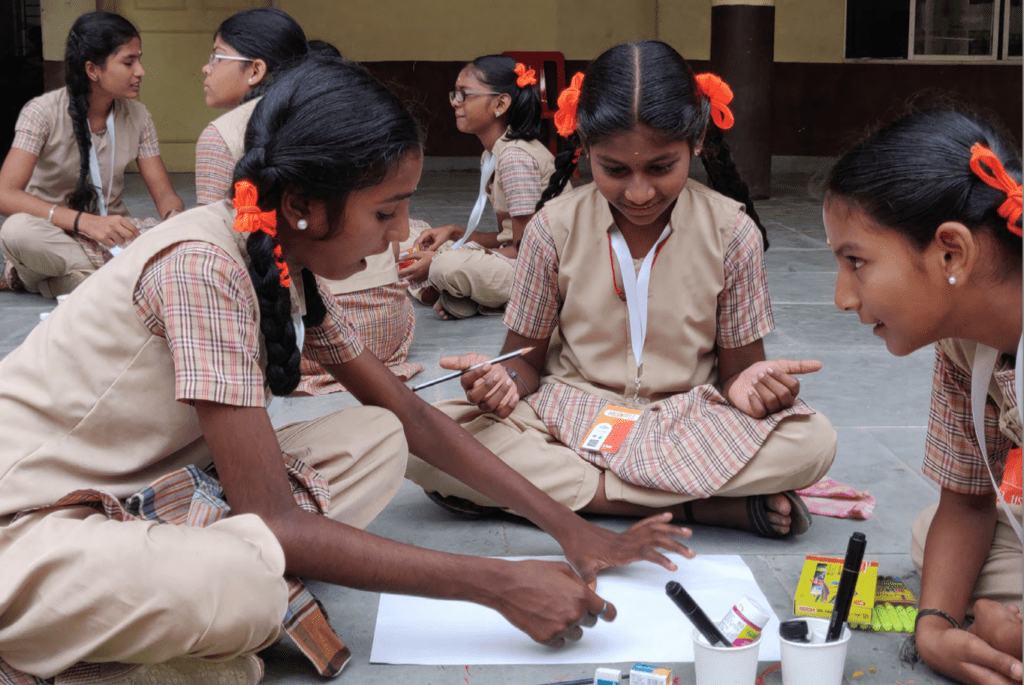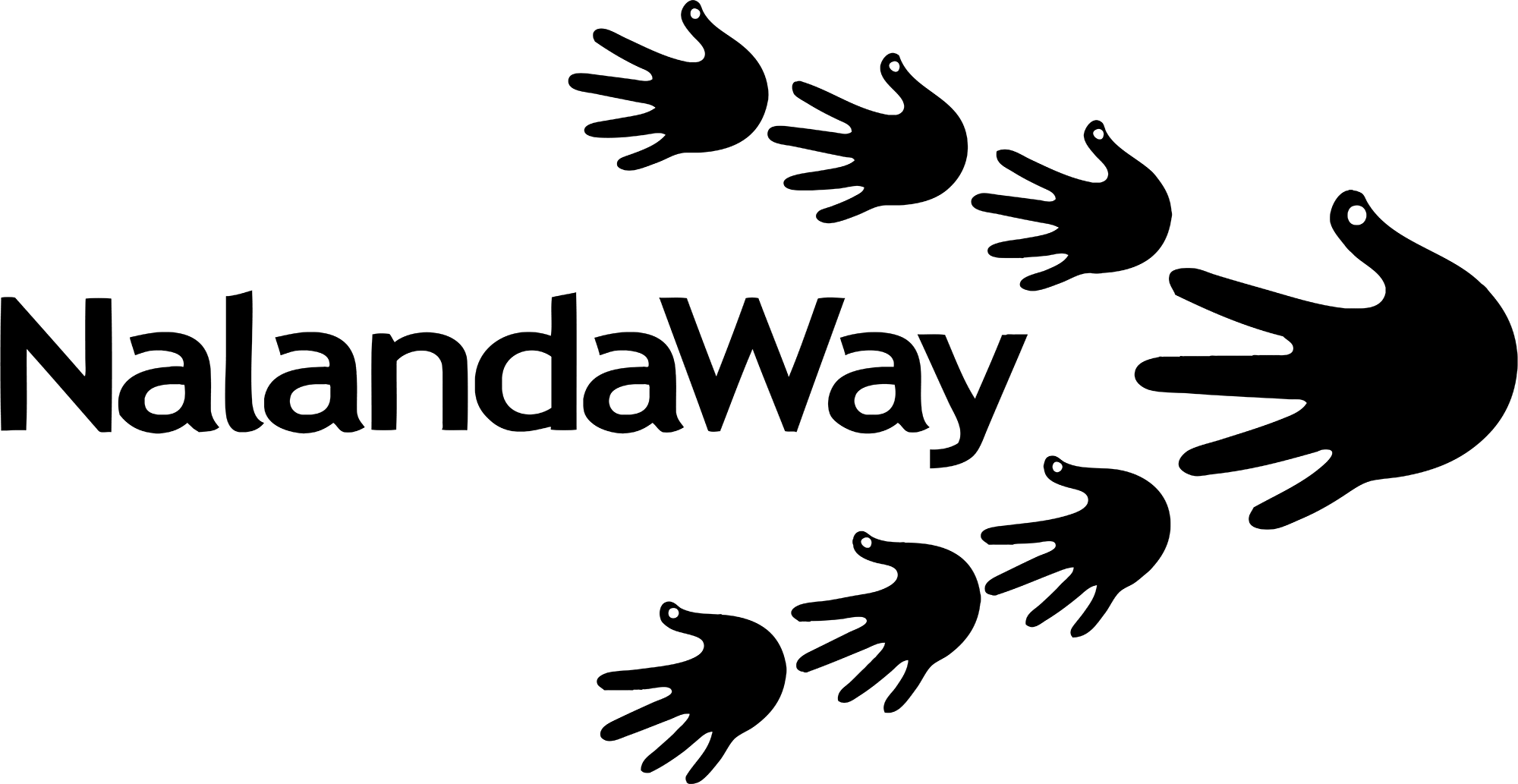
Do you remember your teenage years – what life was like? More like, what the world looked and felt like to you on the inside? If you’re able to recall well, chances are the words confusing, turbulent, uncertain, exhilarating, promising, intense would come to your mind. You might even remember a vague feeling of being misunderstood by your family and the world at large, and wanting to hold on dearly to your friends as your lifeboat – the only ones who truly seemed to get you. At times you wanted to be treated like an adult, at times like a child, but felt like neither.
There were big decisions to be made – what to do with life, what career stream to pursue, what subjects to select, how much to listen to parents vs. how much to speak up and rebel, whom to hang out with, whom to like, and whom to pledge loyalty to – not particularly in that order. Teenage, or adolescence, has always been like that for nearly every generation, with varying degrees of complexity (we did not have social media!) – we just forget once we grow up how difficult an age and stage it is. I want to invite you to step away from the occasional-to-likely judgement of seeing teenagers (your own or those around you) as a social nuisance to be managed and mended, and step into their complex, turbulent world with a broader lens and open mind. Further, walk with me into the world of those adolescents who often don’t enjoy the basic privileges many, if not most of us have – a secure family/home environment, schooling, nutritious food, internet access, physical and emotional safety, and a web of support to fall back on. Those are the adolescents we work with.
Adolescence (13-19 years of age, broadly speaking) is a critical developmental period, marked by radical changes in the body, mind, emotions, and sexuality. It is also a crucial period from a mental health perspective. More than half of the burden of mental disorders in adulthood has its onset in adolescence. (Roy et. al., 2019). Mental health problems and suicide are the leading cause of mortality in young people globally, and India is home to the largest number of adolescents in the world. Each year, more than 1 lakh deaths due to suicide are reported in India, of which individuals aged 18-30 years constitute 33 per cent of the total. The findings of the National Mental Health Survey 2016 revealed that nearly 9.8 million young Indians aged between 13-17 years are in need of active interventions. Mental health issues amongst adolescents have not just been growing the world over and in India – they already are a full-blown crisis facing us as a society today.
The worst of this is faced by adolescents on the margins of society – with poor access to quality education, livelihood, agency over life choices and a positive environment, amongst others. When you layer this with adverse childhood experiences, systemic and individual violence, abuse, discrimination, poverty, and exclusion, we are looking at a deadly cocktail mix from a mental health and wellbeing perspective. Multilayered and multiple discrimination and deprivation add to the distress experienced by adolescents; lack of access to resources and support means they are unable to cope and emerge from the multiple crises.
While the above scale and statistics are rather alarming, the good news is that timely interventions that empower adolescents while simultaneously addressing the complex and varied social risks can act as ‘protective factors’ in their present and future (World Health Organization (2014) Social determinants of mental health). Both from our field experience and research studies, we have discovered several gaps in the current mental health policy and implementation in India – there is no explicit focus on the most vulnerable groups, youth have limited participation in the implementation, and the quality of implementation and monitoring itself is poor. To take a simple example – every school is mandated to have a school counsellor. If you are in a city, walk over to your nearest ten schools and chances are several of those will not have one, or might have one but not adequately trained. You can only imagine the situation in more remotely located areas and villages where awareness and normalising of mental health issues is nearly non-existent. Moreover, there is no concerted focus on positive and preventive mental health that leads to wellbeing outcomes.
Which brings me to how we at NalandaWay have chosen to respond to this crisis and address the gaps we have discovered. We have found, over the last decade and a half of our work, that knowledge, skills, and constructive mindsets are empowering; art is healing. Several design principles define our work – first, our programs are consciously situated in some of the most challenging contextual landscapes – we work with adolescents from educationally backward rural and tribal regions, youth living in Child Care Institutions, those with disabilities, those living in urban slums, and in particular – adolescent girls from vulnerable communities. Second, our programmes blend cutting-edge, evidence-based global research and practices on Wellbeing and Social-Emotional Learning with the harsh ground realities and context of the youth we work with – leading to a uniquely tailored approach that is grounded in and relevant to the needs of those we seek to serve. Third, our work is embodied – we work with the whole child – integrating mind, body, spirit – across different dimensions of growth. To this end, the art-based and art-integrated approaches that define all our programs are enlivening, empowering, engaging, and impactful across contexts.
When different stakeholders – from parents, teachers, school leaders, communities, to the state governments, funding agencies and finally the adolescents themselves – come together putting aside their ideological (or other) differences, with conviction and commitment towards adolescent wellbeing, there is slow but subtle magic that happens. That lonely teenager – who is otherwise struggling in their own turbulent world – finds that someone has held their hand, and is guiding them through this difficult transition. Through small steps and gradual learning, they find what they are going through is normal, that they are normal, and that multiple invisible nets of support have appeared in their homes, communities, and schools. Imagine, if every teenager felt held in this way, and had the opportunity to develop into a healthy, well-adjusted adult with a real chance at living the life they desire. We’re fired by this vision, and invite you to join us.
To start with, you can read our Adolescent Wellbeing – Approach Note and find out more about how we create joyful learning, enable safe spaces, and help our adolescents become hopeful, fearless, and resilient, all against the backdrop of the adolescent wellbeing landscape globally and in India. Discover more about why we do what we do, and exactly how. Hop aboard, there is work to be done!
Written by Akanksha Thakore, Practice Lead – Mental Wellbeing and SEL at NalandaWay Foundation. Akanksha is a trained counsellor, and has over a decade of experience as a consultant and facilitator. She holds an MBA from IIM Ahmedabad and a Certificate in the Science of Wellbeing from Yale University. At NalandaWay she works on program conceptualization, strategy, and design across all wellbeing and SEL programs.

